7 Inventions Made So Well They Never Needed Improvement
In October 1873, Joseph Glidden, an American farmer from Illinois, applied for a patent on barbed wire, giving it the form in which it is still used today.
Constant improvement and improvement of tools and household items makes our life easier and more convenient. For example, if someone today tries to write with the original 1868 Sholes and Glidden pen, then after writing a dissertation, his hands will be covered with countless calluses. And if you had to open a medieval lock, you would fiddle with it for a long time before you learned to make a sharp blow with the key, which was simply necessary to open it.

However, paradoxically, there are currently a number of things that, despite the fact that more than a century has passed since their invention, are still preserved in their original form without improvements.
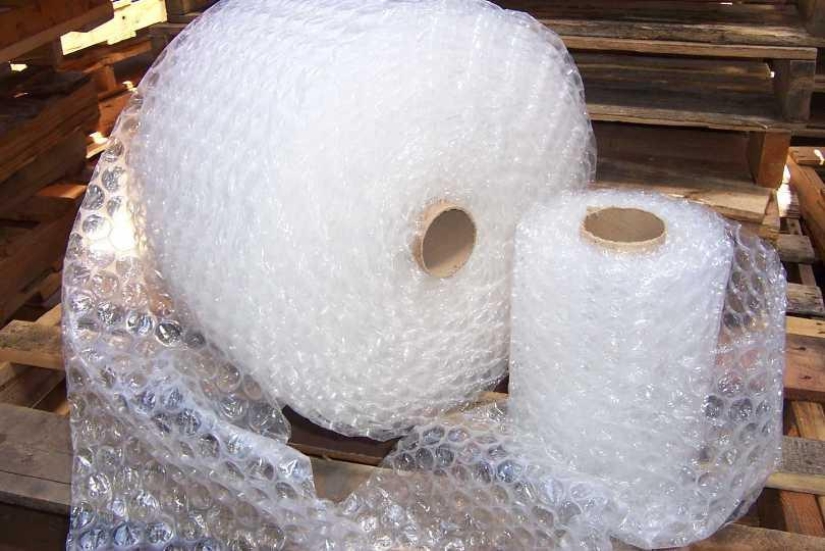
In the late 1950s, designers Alfred Fielding and Marc Chavannes came up with a brilliant idea that was perfect for a space-age aesthetic: cellophane 3D tactile wallpaper! Unfortunately, plastic curtains with air bubbles never became fashionable. Then the innovators decided to simply change the purpose of the invention.
In 1964, they patented their own "method of making laminated interlining material." Thus, bubble wrap (in English - bubble wrap) has become an ideal way to preserve fragile and especially valuable items during transportation. This type of packaging is widely used due to its practicality and low cost.
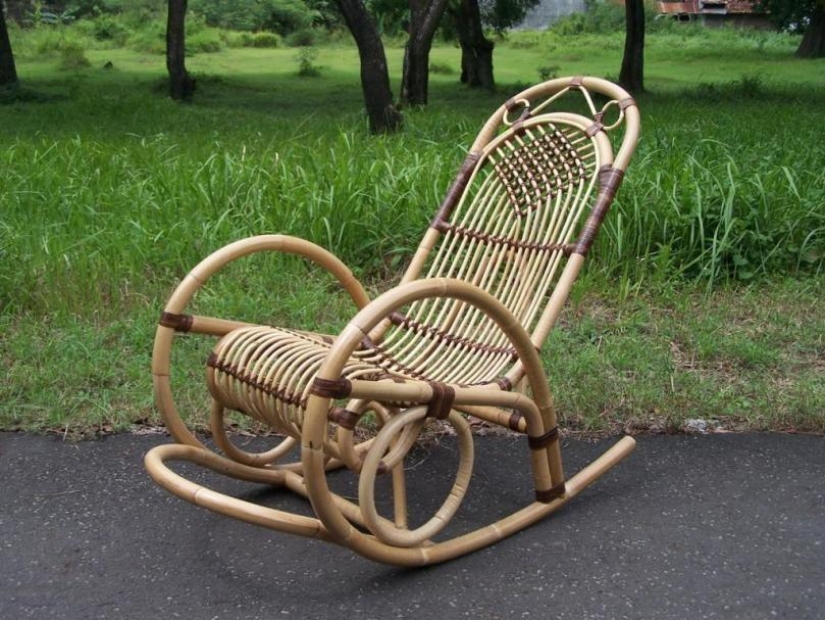
The rocking chair is not as old as you think. These chairs began to appear in the early 18th century in the United States and are still popular among people suffering from back or musculoskeletal problems. After all, this is not just a soothing swing. Rocking chairs automatically adjust their center of balance to ensure that the occupant finds a comfortable position every time.

The fine wire structures that flooded patent offices in the late 19th century came in all sorts of shapes—wings, triangles, pretzels, and so on—but their purpose was the same: to hold a certain number of sheets of paper.
All of them were patented, except for the form that we have become accustomed to for 100 years. The standard oblong "Pearl" design, which has a controversial origin, nevertheless defeated all others, throwing them into the drawer of history.
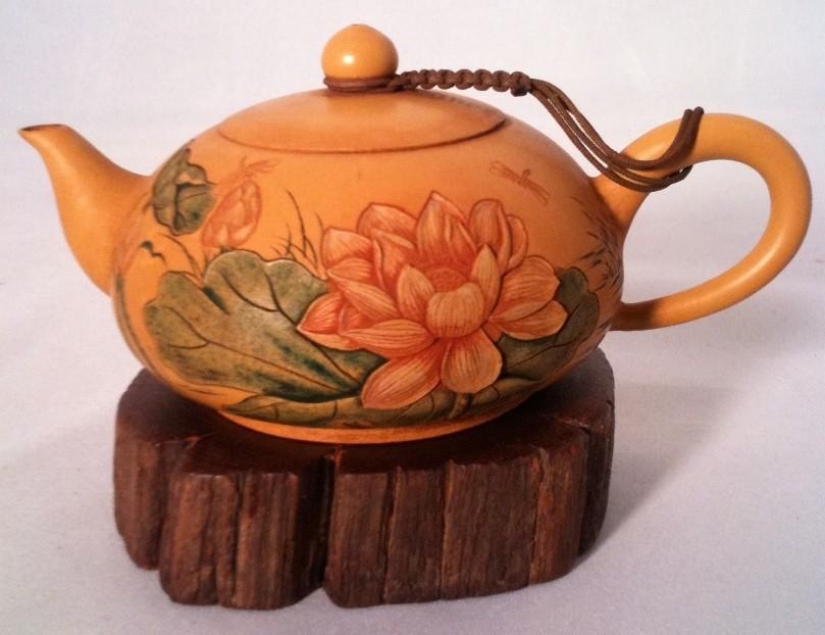
Archaeologists believe that teapots were invented during the Chinese Yuan Dynasty, which began in 1279. The first teapots were made from clay and were probably modified over the years. It is believed that initially teapots were designed for one serving - this is the purpose of the spout, directly from which the drinker sipped tea. Today you can buy a teapot made from porcelain, glass, paper or titanium. But its simple and perfect design, consisting of a handle, a lid and a spout, has remained unchanged for hundreds of years.
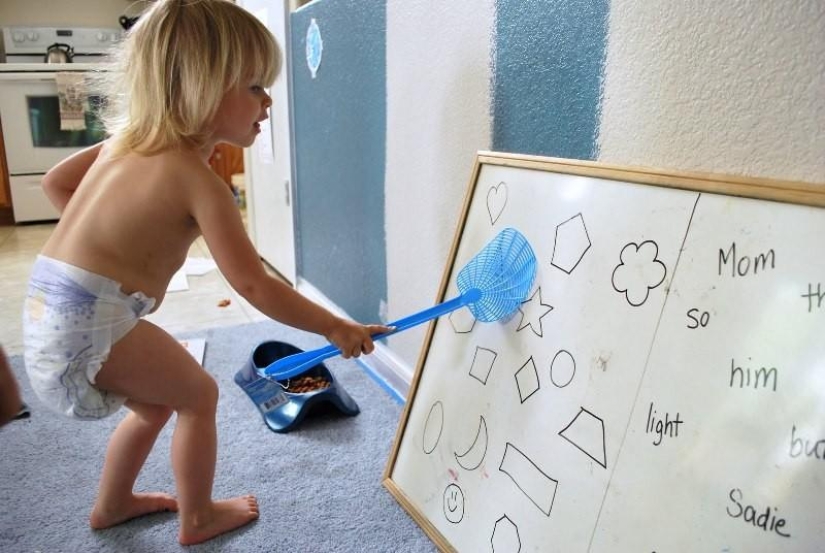
A handle and a small dense mesh at the end. This primitive but effective device is found in almost every home, and is indispensable during the summer months to combat incoming flies, mosquitoes and wasps. The Flying Killer was patented in 1900 by Robert Montgomery.
This man was a government health officer in Kansas and popularized his invention of killing flies to stop the spread of disease. Oddly enough, such a primitive fly swatter turned out to be a very effective weapon against evasive insects.
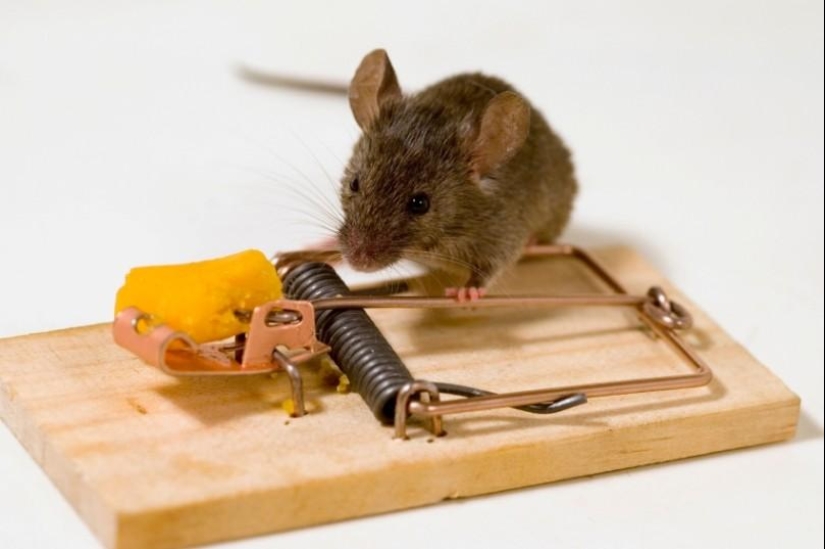
God forbid there are mice in your house. Getting rid of them will be a real challenge. And if the residents of the house do not have a cat who is not averse to hunting mice, then mousetraps are the best way. At one time, mice were terrible parasites: these sneaky animals posed a real threat to children and food, and also spread all kinds of diseases, including the plague. Luckily, in 1894, William Hooker invented the spring mousetrap. And in 1903, John Mast made a design improvement, making it safer for loading bait. His mousetrap design is still used today.

In the 19th century, on the Oklahoma prairies, it was quite difficult to make a fence to enclose a grazing area. After all, there is not enough wood here to build fences. What to do? Four local guys in the late 1870s came up with a design for a fence consisting of sparse support posts and barbed wire strung between them. Barbed wire was patented and has since been produced unchanged.
Recent articles

There are many places in the world where only the chosen ones can be. The cities of Mecca and Medina in Saudi Arabia are well known ...

This collection of photos will clearly please the little inner perfectionist who lives in each of us. It doesn't matter how much ...

If you don't feel good about the donut you ate for lunch, relax - it can get worse ... At least you didn't eat the ...